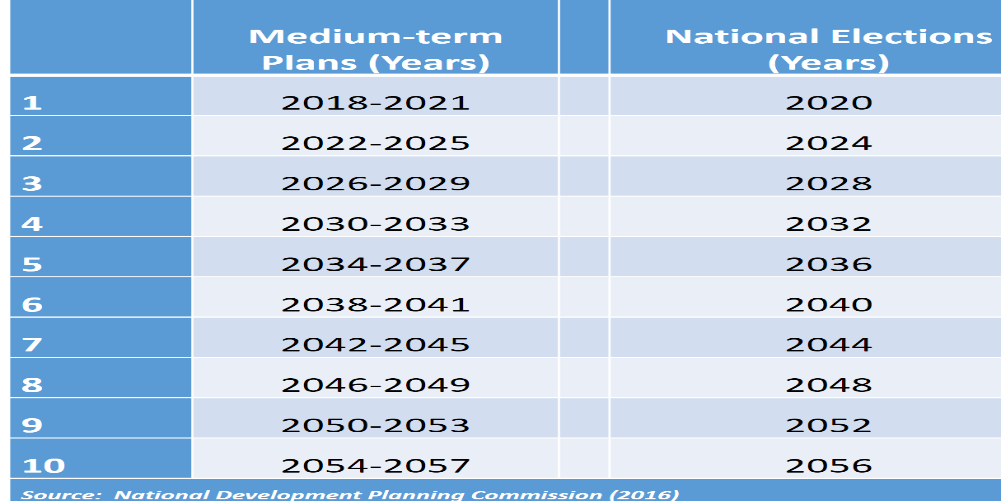
By Edwin S. Kwame KOGE
Imagine waking up to find your university’s name changed – its history rewritten, its brand identity reset. No consultation. Just a press release.
What’s in a name? For public tertiary institutions, the answer is everything. A name is not just a label, it is a symbol of identity, a carrier of legacy, and a strategic asset in institutional branding.
In history, several public tertiary institutions across Ghana, Africa, and the Western world have undergone rebranding through name changes, sparking debates over cost, benefits, and the broader implications for brand identity, reputation, and stakeholder trust.
At the heart of such renaming campaigns is the desire to align institutional image with national development priorities, leadership changes, or expanded mandates. While the motivations may seem noble or politically expedient, the impact on the brand equity of these institutions deserves a deeper, more critical look.
Legacy vs. Political expediency
In Ghana, the trend of renaming public tertiary institutions has been particularly pronounced. One of the most notable cases is the conversion and renaming of Ho Polytechnic to Ho Technical University (HTU) in 2016, along with similar changes for other polytechnics nationwide.
Ostensibly, these changes were part of an educational reform to elevate the status of polytechnics and align them with Ghana’s skills development agenda. While the reclassification brought curricular reviews, the name change carried branding consequences.
For many alumni, employers, and international partners, the sudden shift in identity created confusion and in some cases diluted recognition. Another example that stirred significant public debate was the proposed renaming of the University of Ghana (UG) in 2018.
Though not executed, the mere suggestion sparked emotional reactions rooted in history, prestige, and alumni pride. Critics warned that such decisions, often politically motivated, risk undermining the institution’s hard-earned global reputation.
Again, in 2018, when government announced plans to rename the University of Professional Studies, Accra (UPSA) after its founder, Nana J. K. Opoku Ampomah, it was also met with public outcry for reasons not different from those listed in the UG case.
In the case of the University for Development Studies (UDS), during the commissioning of its multipurpose auditorium in Tamale, President Nana Addo Dankwa Akufo-Addo proposed renaming the university after President Jerry John Rawlings, a proposal Mr. Rawlings declined, emphasizing the importance of focusing on pressing educational challenges rather than symbolic gestures.
The announcement by the Minister of Education at the inauguration of the governing council of the University of Health and Allied Sciences (UHAS), to rename the university after the late President John Evans Atta Mills, in acknowledging his pivotal role in establishing the university in 2011, was received with mixed reactions – reactions that are obviously formed on the same bases as in the UG case.
When names serve agendas, not missions
Across the continent, rebranding through name change is not uncommon. South Africa provides a potent example. Post-apartheid reforms saw many institutions renamed to reflect post-colonial ambitions. The University of Limpopo, formerly known as the University of the North, and the Walter Sisulu University, formerly a merger of various institutions, stand as examples of political and social-driven rebranding.
While these moves aimed at promoting African identity and honouring struggle heroes, they also created practical brand communication challenges. Stakeholders had to be reoriented, websites rebuilt, and new positioning strategies launched. These processes often require significant budget allocations – funds that might otherwise be used for research or infrastructure.
Not all renaming efforts have failed. In Kenya, Moi University and Jomo Kenyatta University of Agriculture and Technology (JKUAT) demonstrate how linking institutional identity to iconic leadership figures can boost local pride and national branding. The success or failure often hinges on how well the transition is managed and whether the new brand narrative resonates with internal and external stakeholders.
Global best practices – Strategy before symbolism
In the West, name changes among higher institutions are often driven by market positioning, mergers, or global relevance. For example, in the United States, the College of New Jersey (formerly Trenton State College) rebranded in the 1990s to shed its regional tag and appeal to a broader student base.
Similarly, the University of Illinois at Springfield emerged from Sangamon State University as part of the University of Illinois system, signaling elevated status and academic integration. These changes are usually accompanied by robust branding strategies, stakeholder mapping, public relations campaigns, and integrated marketing communication efforts. The result is often a clearer, more competitive institutional identity – but only when professionally executed.
Contrast that with the United Kingdom’s experience, where the transition of polytechnics into universities in the early 1990s, such as London Metropolitan University (from London Guildhall University and the University of North London), resulted in a mixed brand legacy. Some struggled to gain global academic clout, while others thrived on niche expertise. Here again, the role of strategic communication and consistency in brand storytelling made the difference.
The financial and reputational toll
Rebranding a public tertiary institution is not cheap. It involves far more than new logos or signboards. From brand audits to legal fees, brand collateral production, digital platform updates, public engagement drives, and alumni outreach, the total cost can run into millions of hard currency depending on the scale.
In Ghana, where public institutions are already grappling with underfunding, diverting resources to rebranding ventures can attract criticism. More critically, poor communication and lack of stakeholder involvement often lead to resistance, negative press, and brand dilution.
A strong institutional brand is built on consistent storytelling, quality output, and stakeholder endorsement. Abrupt or politically driven name changes can disrupt all three. Brand equity takes years to build but can be undone in months if transitions are mishandled.
Perception, pride and the trust gap
For students, the name on their certificate matters. It influences employability, alumni pride, and cross-border academic recognition. When an institution suddenly changes name without adequate transition support, graduates may find themselves having to explain or justify their credentials in job interviews or international applications.
For staff, such changes can create identity crisis and workplace dissatisfaction, especially if they feel excluded from the decision-making process. For policymakers, the backlash from the public can become a political liability rather than an achievement.
From a brand communication perspective, the implications are multifaceted. A name embodies an institution’s promise. Changing it without articulating a compelling new promise, backed by stakeholder buy-in, is a classic branding misstep.
Strategic rebranding, not cosmetic change
Rebranding, if truly necessary, should be strategic – not reactionary or symbolic. Institutions should conduct in-depth stakeholder analysis, assess long-term brand positioning goals, and ensure alignment with their mission and vision. Communication must be transparent, consistent, and multi-channeled, targeting students, staff, alumni, employers, and the general public.
Successful cases in point include the University of Media, Arts and Communication (UniMAC) in Accra, Ghana, which brought three related institutes under one umbrella without the institutions losing their form and nature, and the Arizona State University (ASU), which evolved from a teachers’ college into one of the leading innovation-focused universities in America.
This wasn’t just a name change – it was a complete overhaul of brand identity, service delivery, academic model, and stakeholder value proposition, driven by a visionary leadership and world-class communication.
Similar strategic rebranding approaches are always needed. Institutions must guard against politically motivated rebrands that ignore the deeper implications of institutional trust, legacy, and brand capital. Public institutions are not political trophies; they are national assets, and their identities must be treated as such.
In the world of tertiary education, name is quite a lot. It encapsulates history, trust, competitiveness, and stakeholder confidence. Rebranding through name change is a delicate and high-stakes exercise. When done strategically and transparently, it can reposition an institution for greater impact.
When done haphazardly, it can erode decades of brand equity. Ghana and other African countries must adopt a long-term, professionally driven approach to institutional branding. In a world where perception often trumps performance, a name is not just what we call an institution – it’s what the world calls to mind when they hear it.
>>>the writer has strong expertise in Public Relations, International Affairs and Public Engagement across government, corporate, and non-profit sectors. Skilled in developing integrated communication strategies that strengthen reputation, build public trust, and shape policy. Experienced in managing PR campaigns, crisis response, CSR initiatives, and political communication. Proven ability to align communication with organizational goals to drive growth. Culturally aware, analytically sharp, and results-driven in complex communication and fast-paced work environments.
Holds an MPhil in Strategic Public Relations Management, an MA in International Affairs, a BA and Diploma in Communication Studies, and a Training Certificate in Information Technology. Presently a freelance Communication Consultant, previous professional experience includes roles as a former Research Assistant at Parliament of Ghana, Administrative Assistant with PR duties at Ho Technical University, and Senior High School English Language and ICT teacher. A passionate advocate of United Nation’s Sustainable Development Goals 3, 4 and 13. Research interests focus on standards, ethics, transparency, and accountability in Public Relations practice in Africa; climate politics from the African perspective, and Africa in global political and corporate governance systems. He can be reached via [email protected] | www.linkedin.com/in/edwinsarkoge
The post What’s in a name?: The hidden cost of renaming public tertiary institutions appeared first on The Business & Financial Times.
Read Full Story














Facebook
Twitter
Pinterest
Instagram
Google+
YouTube
LinkedIn
RSS